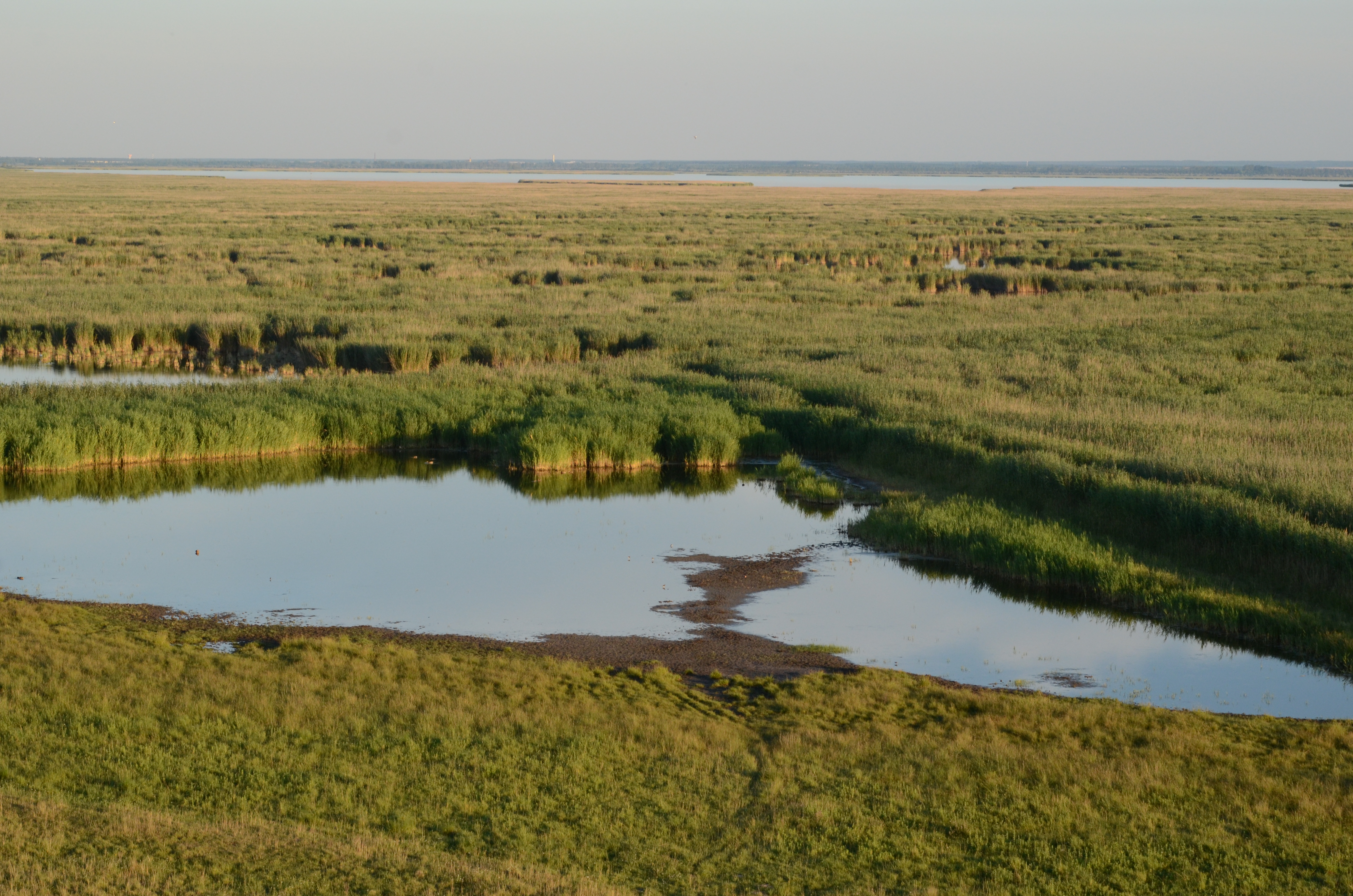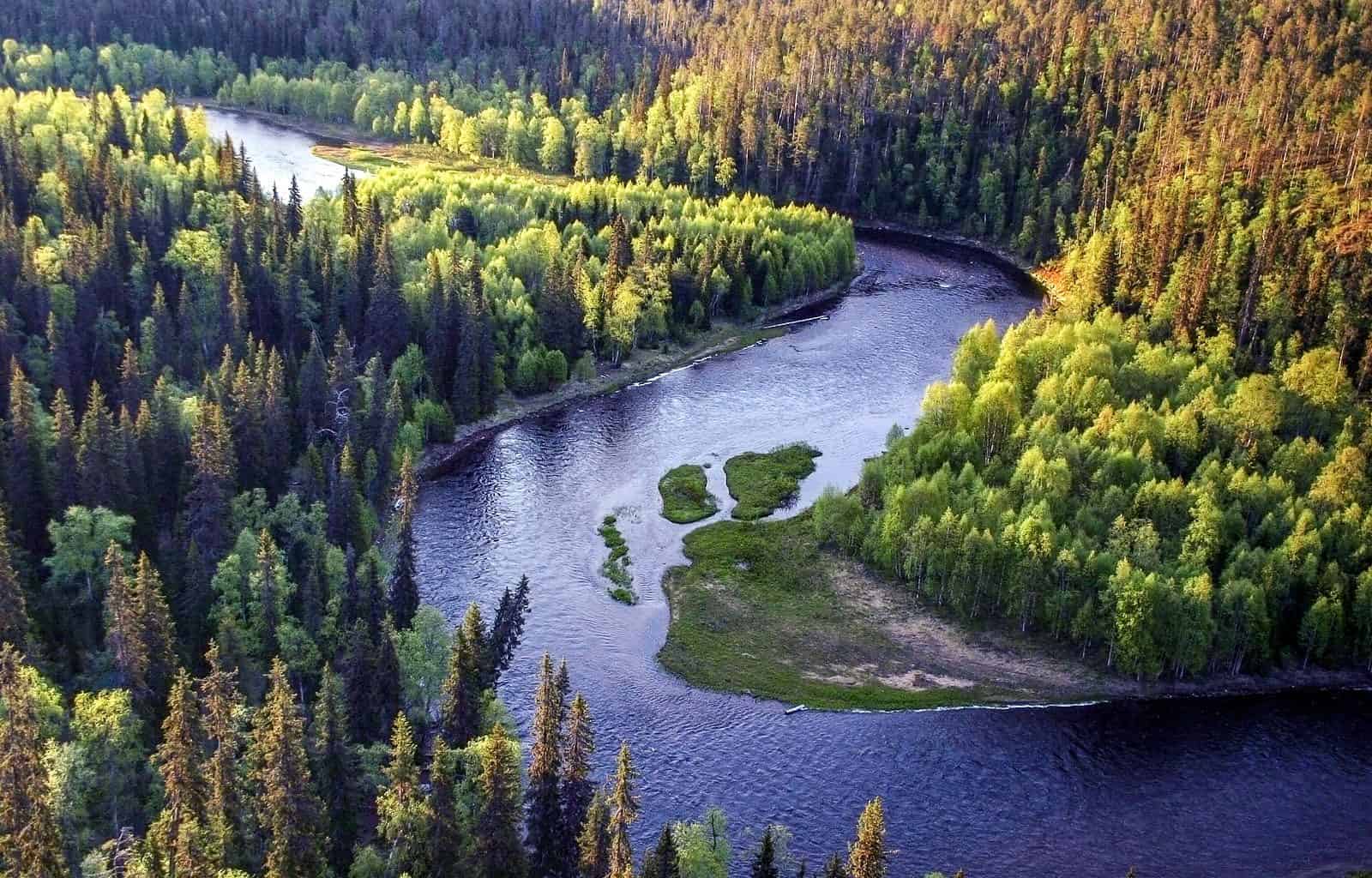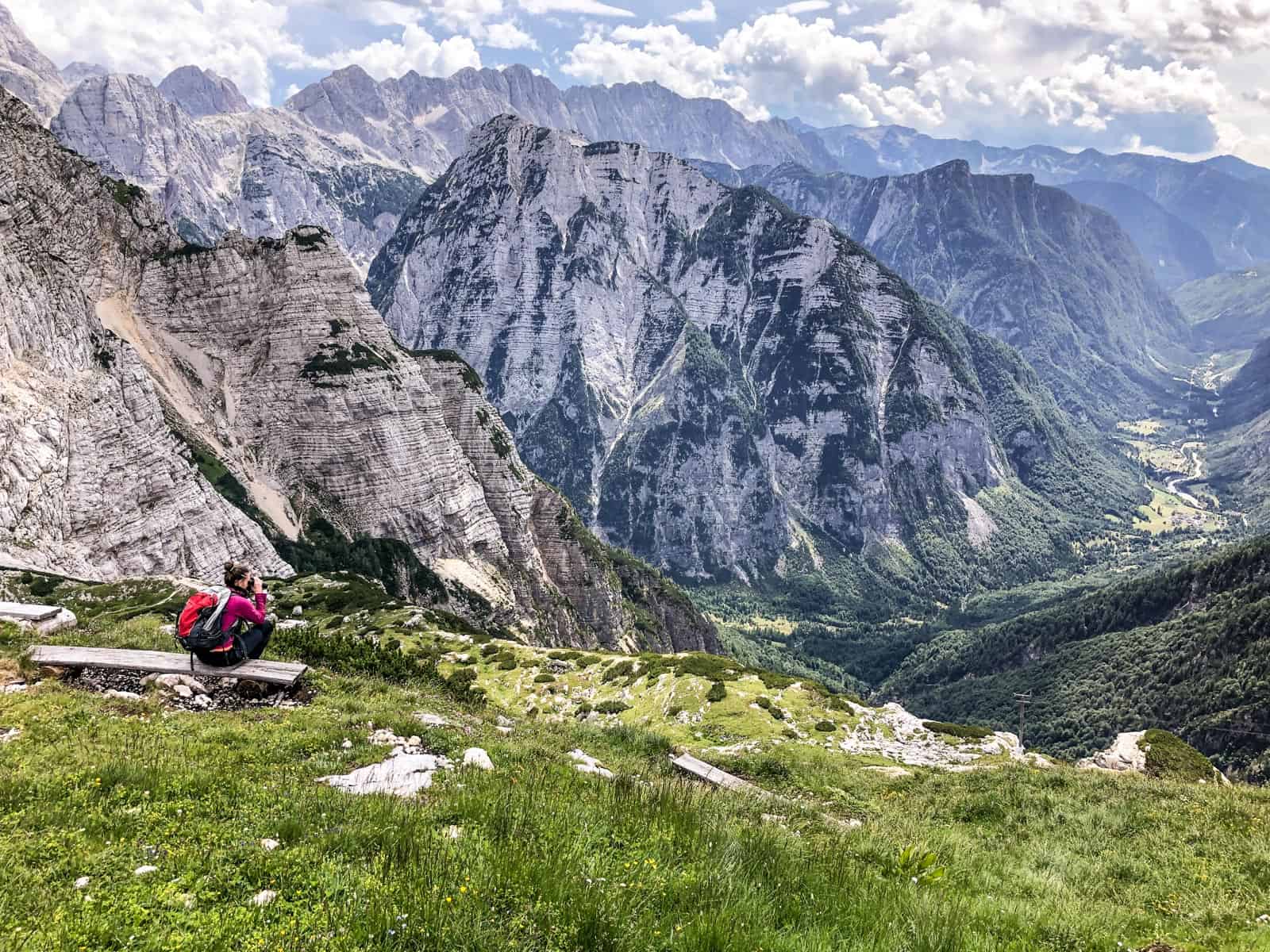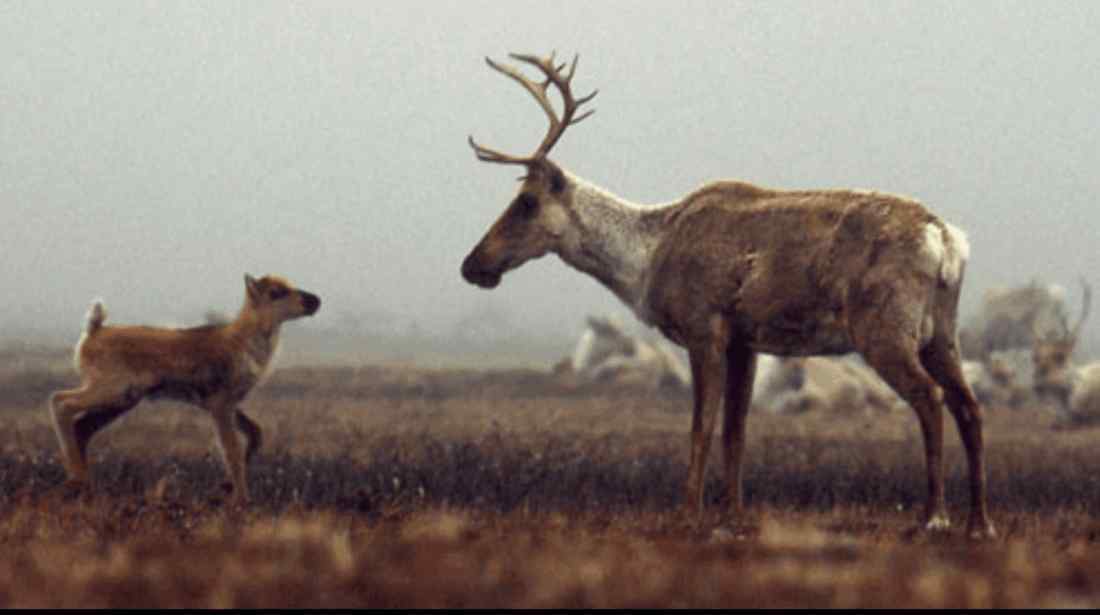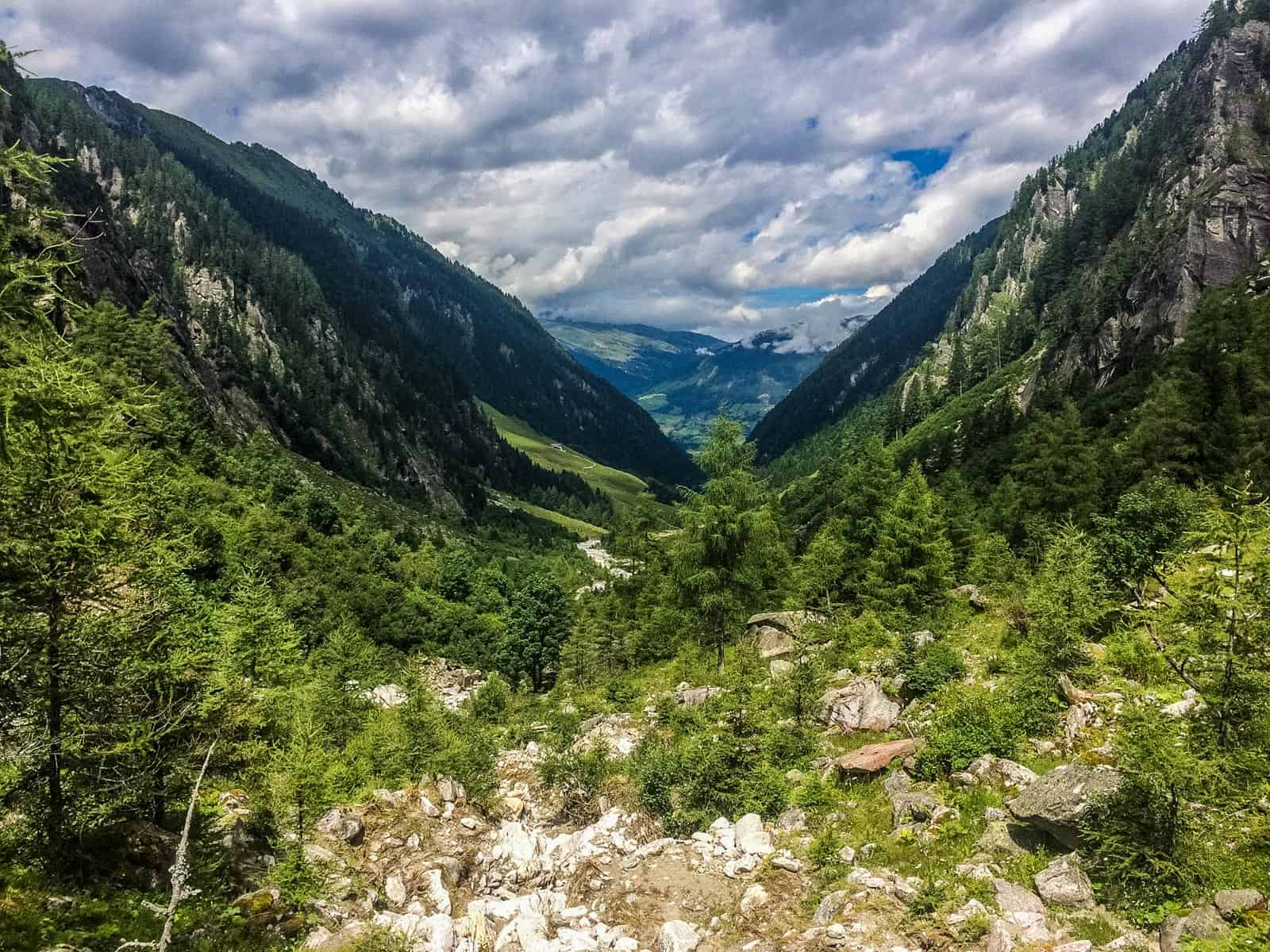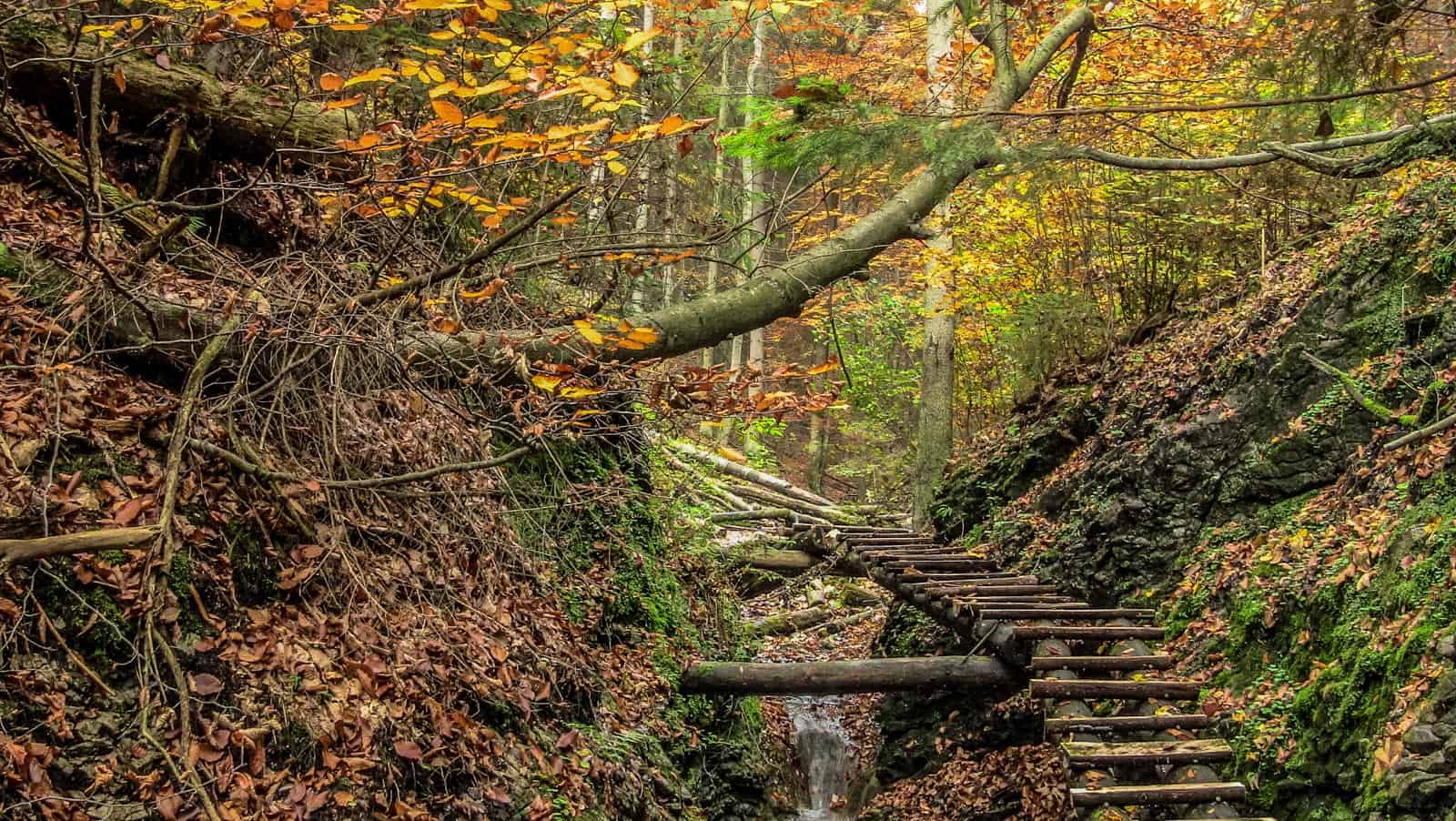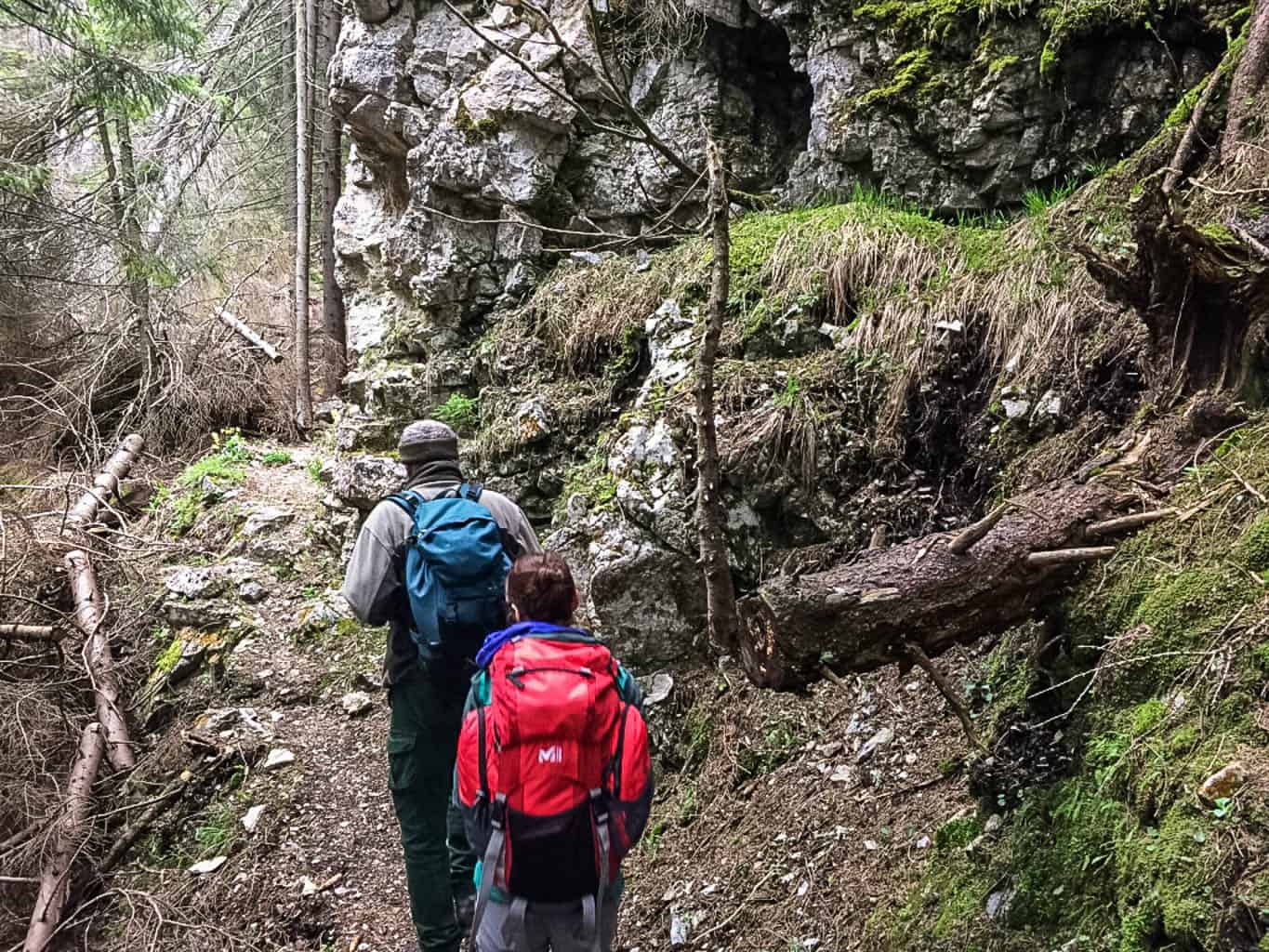People Interact with the Wetlands
European people have been in interaction with wetlands since prehistoric times. These areas were probably visited already in the period when the first people appeared in Europe. They wandered into the wetlands for various reasons. For example, when collecting forest fruits or during hunting activities.
Human interaction with wetlands has been diverse. In the beginning, it was very likely just crossing the wetlands by individuals or groups of people, and the reason was mainly to collect food. In the following centuries, sporadic seasonal settlement became more and more frequent.
This was followed by the construction of permanent settlements which were built on dry hills or islands of dry land in the middle of extensive wetlands. This process probably occurred already at the beginning of the Holocene. Well-structured permanent settlements also appeared later.
Wetlands exploitation since last glaciation
People interact with wetlands since end of ice-age (Mesolithic Period, 10,000 BCE to 8,000 BCE). Ancient people lived close to wetlands and exploited them mainly for obtaining food. The most common activities were hunting-fishing-gathering. In this period, they preferred to settle in drier land.
In the Neolithic Period (8,000 BCE to 1,700 BCE), the relationship with the wetlands became more intimate and permanent. Some groups chosen to inhabit and exploit the wetlands economically. They lived on lakeshores and nearby wetlands all year round. Later on, people began to consider them as sacred places as well. They also used them as ritual places where they could regularly perform sacrificial rituals.
In a following period with the advent of agriculture, and later on the spread of first metals (copper, bronze, and iron), people’s interactions with the wetlands became more complex. In continental Europe, fortified settlements appear also within wetland environments, indicated a widespread socio-economic change.
Wetlands exploitation in the Middle Ages
During the Migration Period (AD 400–600), through the early Middle Ages to the end of the medieval period (end of AD 1500) the social elites, were all engaged in wetlands settlement, exploitation, and transformation. Social elites such as migration period chiefs, medieval knight-farmers, or medieval bishops and lords were usually the frontrunners to explore wetlands.
However, archaeological research revealed that most of wetland exploitation was actually done by ordinary people – local peasant communities, labourers, and fishermen – working within their own traditions of practice and ingenuity.
The wetland archaeological investigations of medieval years provide unique insights into their use. This activities explore the ways that people coped with dynamic wetland environments.
Finally, it was in the Middle Ages than European wetlands began to be reclaimed. This meant that people dammed coastal marshes, swamps and river floodplains. They drained and managed them from a technical point of view. The consequence of this was that wetlands that had existed since prehistoric times, changed.
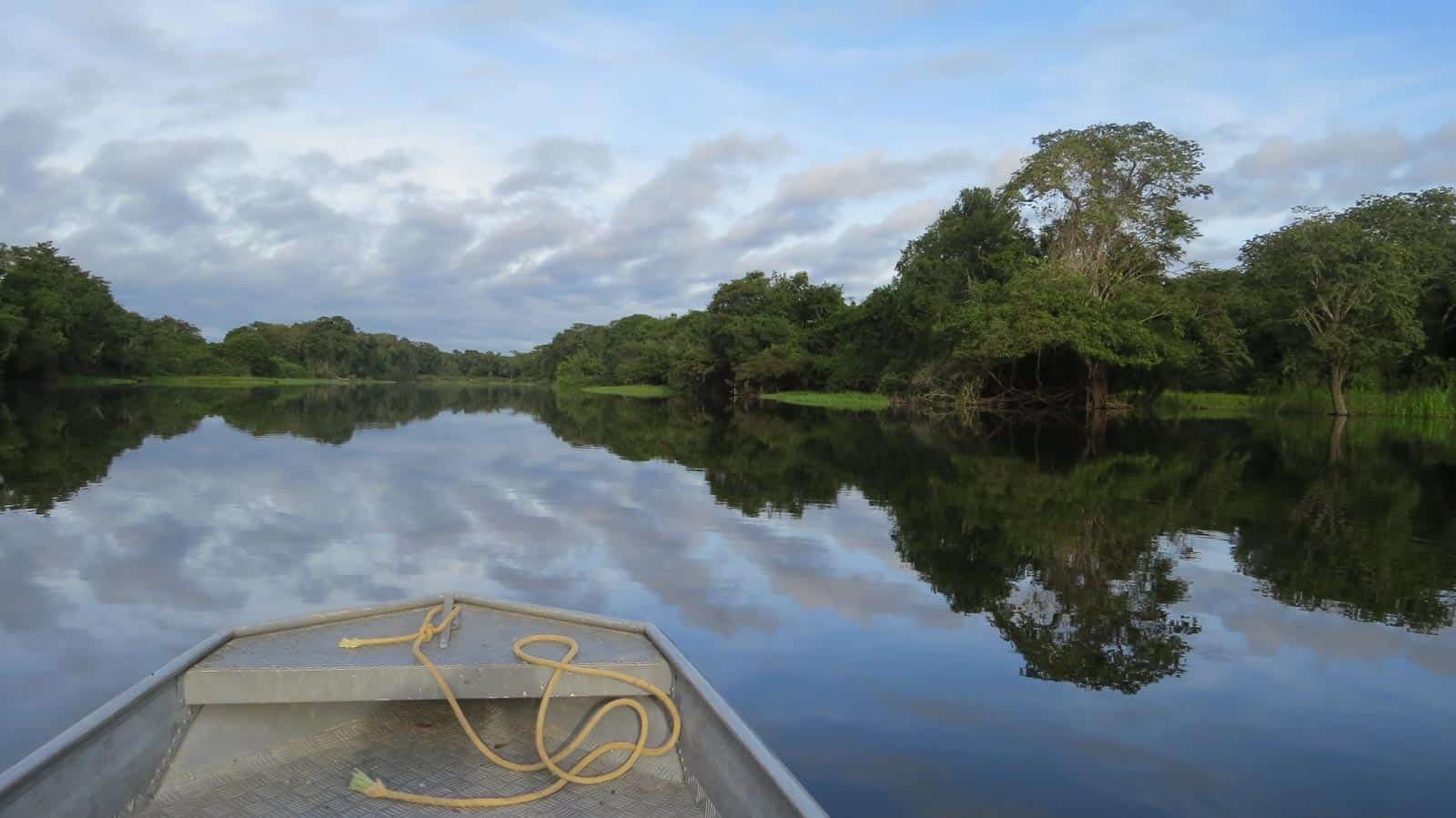
Conclusion
Wetlands, thanks to their wild natural character, unstable, soft surface, and a lot of dead wood, have protected their original character for a long time. This inaccessibility prevent wetlands exploration for many centuries. The soft and wet soil of the wetlands was not safe for them to walk on, ride horses on, pick fruits or later build simple roads or huts.
Later on, the people learn how to solve this challenge. They made bigger channels and holes and drained large areas. The consequence of that was dramatic. After millennia the wild wetlands vegetations rapidly suddenly dried out and changed. Native vegetation was replaced by species growing on drier soils. However, this change was also welcomed by the people because it provided additional resources for them.
Wetlands are interesting archaeological sites
In the past, some of the most remarkable archaeological discoveries have been made in wetlands. Whether there are the remains of roads in marshes from the Iron Age, early medieval camps or dwellings among the lakes. All these findings, such as intact late medieval wooden fish traps and baskets were buried in estuarine mudflats.

